Trump Pauses Harsh New Tariffs on Canada and Mexico, Easing Homebuilder Fears of Higher Construction Costs
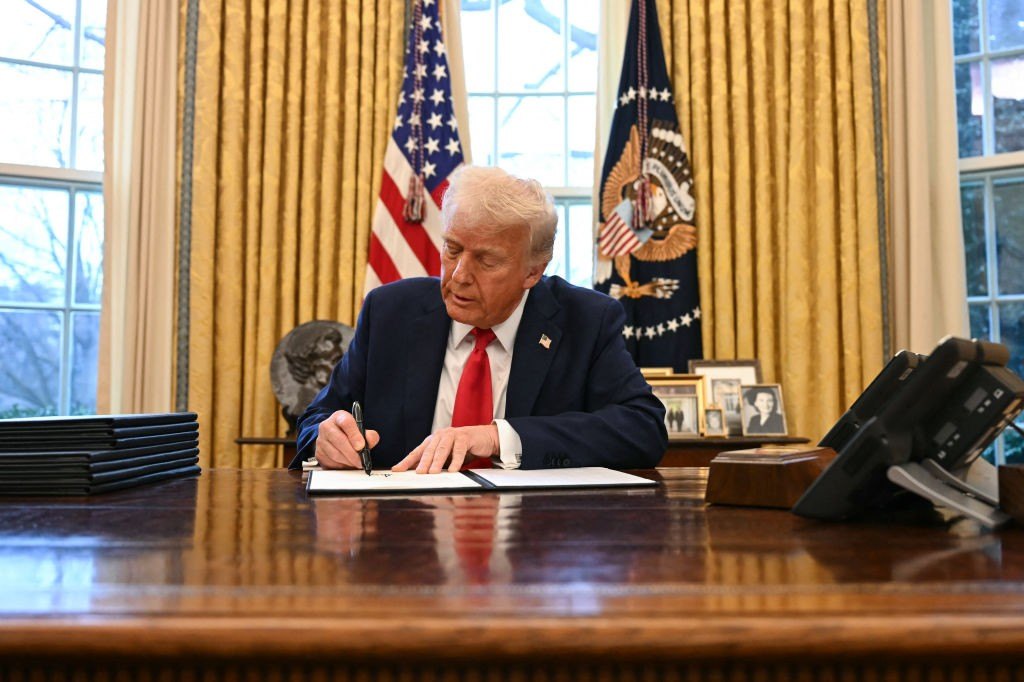
JIM WATSON/AFP via Getty Images
President Donald Trump has temporarily suspended stiff new tariffs on Canada and Mexico, easing the fears of homebuilders who had warned the measures could raise the cost of key building materials used in home construction.
On Saturday, Trump announced a 25% additional tariff on imports from Canada and Mexico and a 10% additional tariff on imports from China, describing the duties as punitive measures designed to stem illegal immigration and drug trafficking.
Hours before the tariffs were due to take effect at midnight on Monday, Trump suspended them for 30 days for Mexico and Canada, after extracting promises from those countries to step up border enforcement.
Mexican President Claudia Sheinbaum agreed to send 10,000 national guard members to patrol Mexico’s side of the Southern U.S. border, while Canadian Prime Minister Justin Trudeau announced new measures to crack down on fentanyl, cartels, and organized crime at the northern border.
The suspension of the extraordinary tariffs came as a relief to homebuilders, who had expressed fears that they could raise the cost of building homes, exacerbating an ongoing housing shortage and affordability crisis.

(ANDREJ IVANOV/AFP via Getty Images)
About 70% of the softwood lumber used in residential construction is imported from Canada, while the same share of gypsum used in drywall originates in Mexico, according to the National Association of Home Builders.
“Tariffs on lumber and other building materials increase the cost of construction and discourage new development, and consumers end up paying for the tariffs in the form of higher home prices,” said NAHB Chair Carl Harris.
However, a senior White House official told Realtor.com® that the proposed tariffs against Mexico and Canada were intended as emergency measures to address national security concerns, rather than as long-term economic policy.
“This is very narrowly focused on national security,” the official said. “The point of these tariffs was to convey the severity of what we’re facing domestically, and what’s going on with what’s coming over the border.”
That message, and subsequent events, suggest that in this case, Trump was more interested in using tariffs as leverage to extract policy concessions than in carrying out a protectionist trade policy with America’s cross-border neighbors.
Trump’s 10% additional tariffs on China were still due to take effect at 12:01 a.m. on Tuesday.
As well, the 30-day pause on new tariffs for Canada and Mexico raises the possibility of a renewed trade war after the deadline passes, if Trump’s demands on border security are not satisfied.
“As President, it is my responsibility to ensure the safety of ALL Americans, and I am doing just that,” Trump wrote in a post on his Truth Social website. “I am very pleased with this initial outcome, and the Tariffs announced on Saturday will be paused for a 30 day period to see whether or not a final Economic deal with Canada can be structured.”

(SAUL LOEB/AFP via Getty Images)
How homebuilders reacted to the proposed tariffs
Some residential construction experts reacted with alarm to Trump’s proposal, raising special concerns about the Canadian lumber that is used in the majority of new homes.
Canadian lumber imports are already subject to a 14.5% U.S. tariff, and the new punitive duties that Trump threatened would have raised that rate to nearly 40%.
Tariffs, which are taxes on imported goods, are typically paid to the government by the U.S. business importing those goods. In most cases, the cost is passed along to consumers in the form of higher prices.
“New tariffs, especially on Canadian lumber, will directly add to the cost of new construction,” says Realtor.com senior economist Joel Berner. “We expect builders, who are very conscious of their margins to begin with, to pass these new costs along to buyers in the price of newly built homes.”
On the other hand, Stephen Haines, president of Georgia-based homebuilder Artisan Built Communities, told Realtor.com that tariffs were relatively low on his list of concerns, saying he viewed Trump’s trade moves mainly as bargaining tactics.
“Trump’s a business guy first, and he does things for shock and awe, because it works,” says Haines.
Haines says he is worried about the U.S. housing shortage and affordability crisis for homebuyers, but adds that his biggest concerns are high interest rates, overbearing zoning rules, and supply-chain bottlenecks.
“If a tariff only impacts one cost code or a couple of cost codes in my budget, the interest rate still is a much bigger factor, for both me and for my underlying buyer,” he says. “We do have an overall crisis on affordable housing, and so the tariffs could play a part in it. But to me, it’s not the most imminent threat.”
Categories
Recent Posts


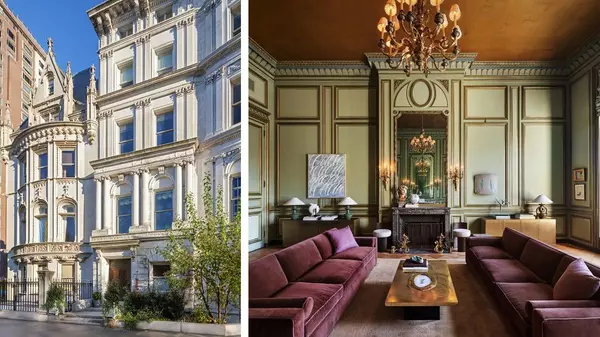


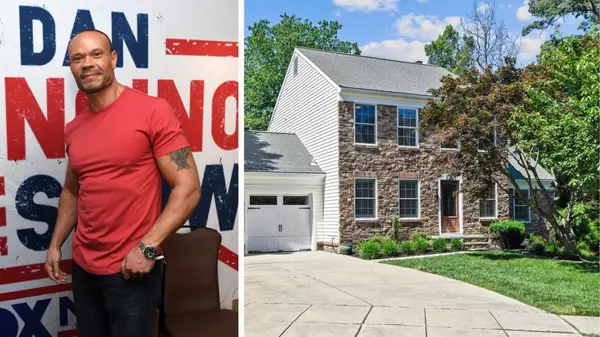
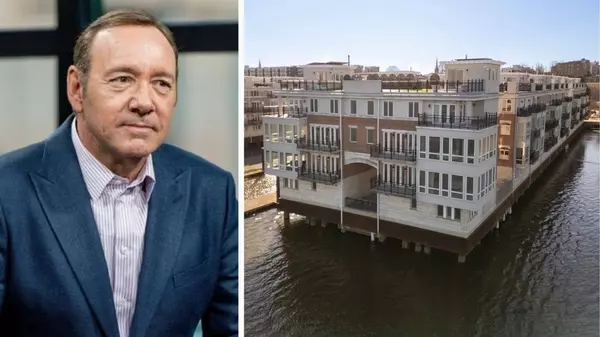


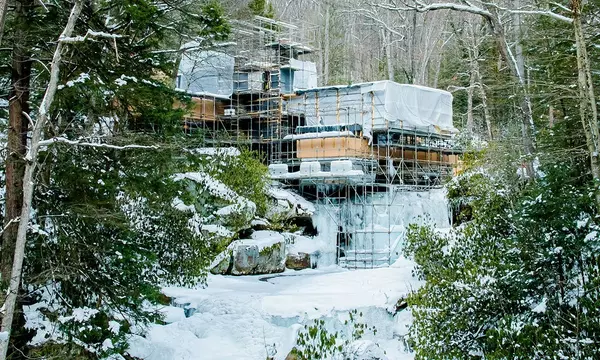

676 N Michigan Ave. Ste 3010, Chicago, IL, 60611, United States